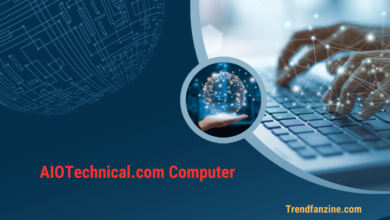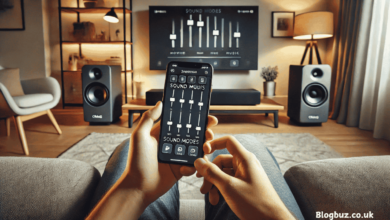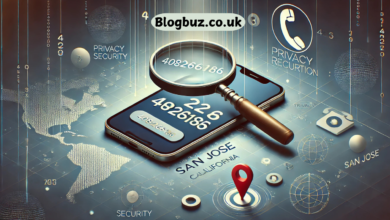Remote Care and the Evolution of Preventive Healthcare

Since time immemorial, the healthcare systems have been more or less reactive. Patients get sick, get medical care, and are subjected to treatment. However, this model has its limitations; it is expensive, it is heavy on the part of the patient, and most of the time, it is too late to avoid complications. Remote care is at the heart of this transition as the movement to preventative healthcare is taking place.
Remote care is not just reacting to disease, but it opens up the chances to identify danger early enough and act before the situation goes out of control. Remote Patient Monitoring solutions and platforms are an important part of this preventative method, as they help capture real-time data and detect trends within the parameters of concern.
Remote Monitoring Detection at an early stage
The process of prevention begins with awareness. Numerous diseases, ranging from cardiovascular disease to diabetes, start silently. The disease can be advanced without the notice of the patients. Through remote patient monitoring tools, medical practitioners can be able to identify anomalies at an early stage.
To illustrate, an experimental wearable device, which monitors the rhythm of the heart, is able to identify anomalies in the heart before causing a significant cardiac issue. The trends of hypertension would be reflected in a smart blood pressure cuff before they lead to complications. With the identification of these problems at the initial phases, physicians will be able to instruct patients to make the necessary changes in their lifestyles or medications to avoid severe consequences.
Promoting Healthy Lifestyle Patterns
Preventive healthcare is not only concerned with disease detection but also with wellness. Remote care applications can make patients more interested in their health, and the real-time feedback that is delivered by these applications includes the level of activity, sleep, and vital signs.
An example is a patient who is taking charge of his or her weight may get regular notifications about physical exercise and diet by means of his or her surveillance. The observable progress will promote compliance and support health behaviors. Patients receive daily-specific instructions instead of general pieces of advice that are given at a clinic visit.
Establishing Better Patient-Provider Relationships
Preventive care relies upon regular communication. Remote care enhances the relationship between the patient and the provider since there is constant communication. Patients are connected on a daily basis via their monitoring gadgets and communication platforms instead of visiting occasionally.
Micro-interventions are also presented by remote patient monitoring platforms. A provider can send a text message telling a patient that he has achieved his exercise target or even telling him that he should refill a prescription. These are little yet frequent contact interactions that create trust and promote compliance, which make preventive care more successful.
Economy of Cost and Efficiency of the System
It is well known that preventive healthcare can be a cost-efficient method, and remote care enhances those benefits. Remote patient monitoring platforms lower the cost of emergency interventions because they help to detect risks at an earlier stage and contribute to the growth of healthier habits.
In the health care systems, this translates to a decrease in the number of hospitalizations and strain on the resources. To the patients, it would mean reduced sick leaves, reduced healthcare costs, and improved livelihood. Prevention does not necessarily prevent, but to a great extent, it lessens the effects of disease.
Breaking through the Change Barrier
The remote care-driven preventive model is not received with enthusiasm, even though it promises. Certain patients do not trust the use of gadgets or personal information. Others are worried that telehealth care will be impersonal with regard to traditional visits. To help resolve these issues, healthcare providers should focus on the human aspect of remote care and make sure that the data privacy provisions are robust and clear.
Education is also key. Patients need to know that remote care is not substituting traditional medicine, but complementing it. Preventive healthcare is best achieved as a collaboration between technology, patients, and the providers.
The Second Stage: Individualized Prevention
Personalization is the future of preventive healthcare. Remote patient monitoring will also undergo changes in order to give very personalized insights based on genetics, lifestyle, and real-time data. The patients will not be handed general guidelines, but a specific set of recommendations will be made to meet their risk profile.
Consider a system that does not just monitor the blood pressure of a patient, but also compares it with his or her diet, sleep, and stress levels to offer certain preventive measures. Such an individual approach has the potential to reduce prevention as a wide idea to a specific science.
A New Standard of Healthcare
Remote care is redefining prevention. It focuses on what makes a disease and not only on its symptoms, since it is more focused on health instead of illness care. The key to this evolution is remote patient monitoring platforms, which deliver the information, insights, and connectivity to make prevention feasible and effective.
With the ever-changing healthcare, preventive remote care will cease to be a choice, but turn into a norm. Patients will also demand responsive guidance, but providers will use real-time monitoring to provide it. Technology will influence the future of medicine by preventing diseases.




